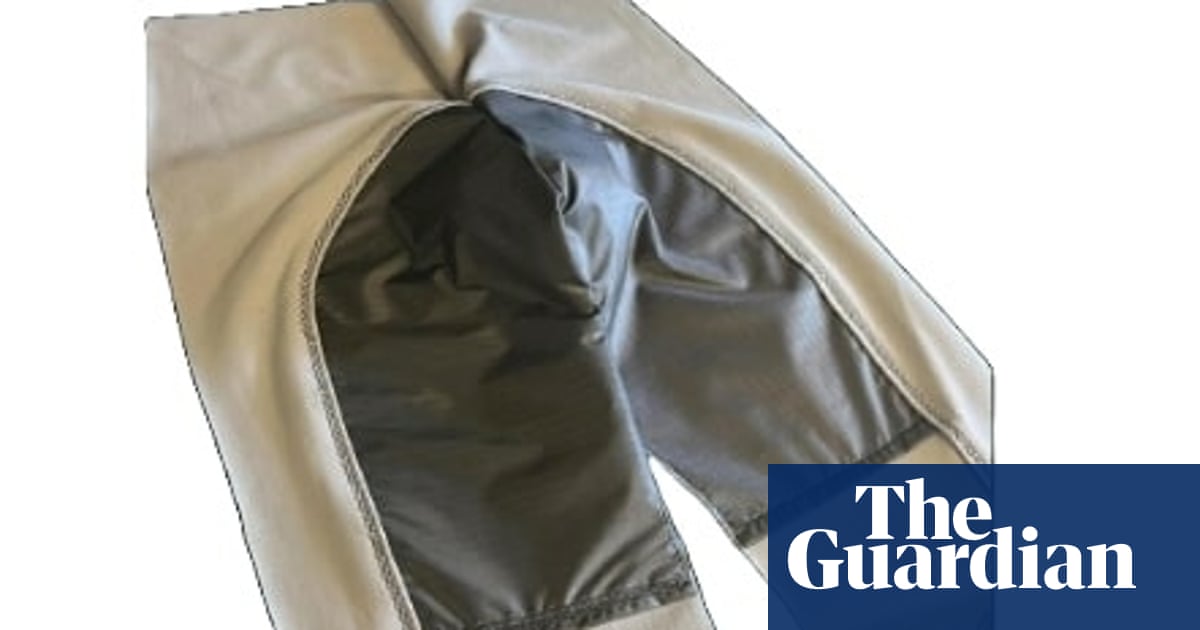A sci-fi-inspired spacesuit that recycles urine into drinking water could enable astronauts to perform lengthy spacewalks on upcoming lunar expeditions.
The prototype, modelled on the “stillsuits” in the sci-fi classic Dune, collects urine, purifies it and can return it to the astronaut through a drinking tube within five minutes.
The suit’s creators hope it could be deployed before the end of the decade in Nasa’s Artemis programme, which is focused on learning how to live and work for prolonged periods on another world.
“The design includes a vacuum-based external catheter leading to a combined forward-reverse osmosis unit, providing a continuous supply of potable water with multiple safety mechanisms to ensure astronaut wellbeing,” said Sofia Etlin, a researcher at Weill Cornell Medicine and Cornell University and co-designer of the suit.
Nasa is preparing for the Artemis III mission in 2026, which aims to land a crew on the lunar south pole, with a stated ambition of launching crewed missions to Mars by the 2030s. Urine and sweat are already routinely recycled on the International Space Station (ISS), but Etlin says an equivalent system is needed for when astronauts are out on expedition.
“Astronauts currently have only one litre of water available in their in-suit drink bags,” said Etlin. “This is insufficient for the planned longer-lasting lunar spacewalks, which can last 10 hours, and even up to 24 hours in an emergency.”
There are also longstanding complaints about the current waste management solution, the so-called maximum absorbency garment (MAG), which is essentially an adult nappy.
The garments are reportedly leak-prone, uncomfortable and unhygienic, prompting some astronauts to limit food and drink intake before spacewalks and others to complain of urinary tract infections (UTIs).
“If you’re giving Nasa billions of dollars, you’d think they wouldn’t keep the diaper,” said Etlin, who surveyed astronauts while researching the new design.
“It’s commonplace for the MAG to leak,” she added. “The astronauts talk about how at a certain point they can’t tell whether it’s urine or sweat any more. They’re like: ‘Yes, I’m an astronaut and this is a burden I have to bear.’”
Future commercial astronauts may be less likely to take such a stoical view, she suggested.
Prof Christopher Mason, of Weill Cornell Medicine, the study’s senior author, said: “Even in the absence of a large desert planet, like in Dune, this is something that could be better for astronauts.”
The proposed stillsuit system comprises a collection cup of moulded silicone to fit around the genitalia, with a different shape and size for women and men. This is contained within an undergarment made of multiple layers of flexible fabric.
The silicon cup connects to a moisture-activated vacuum pump that automatically switches on as soon as the astronaut begins to urinate. Once collected, the urine is diverted to the filtration system where it gets recycled into water with an efficiency of 87%. The system uses an osmosis system to remove water from urine, plus a pump to separate water from salt.
Collecting and purifying 500ml of urine takes only five minutes. In deployment, the purified water could be enriched with electrolytes and returned to the astronaut as an energy drink.
The system measures 38cm by 23cm by 23cm, with a weight of approximately 8kg, which was judged to be sufficiently compact and light to be carried on the back of a spacesuit. The team are planning to recruit 100 volunteers in New York in the autumn to test the system for comfort and functionality.
“Our system can be tested in simulated microgravity conditions, as microgravity is the primary space factor we must account for,” said Mason. “These tests will ensure the system’s functionality and safety before it is deployed in actual space missions.”
Details of the prototype are published in the journal Frontiers in Space Technology.

